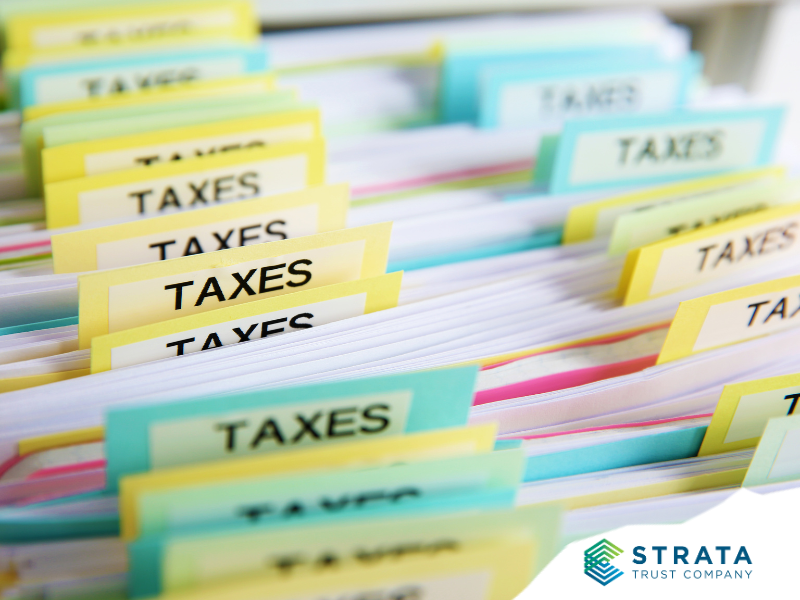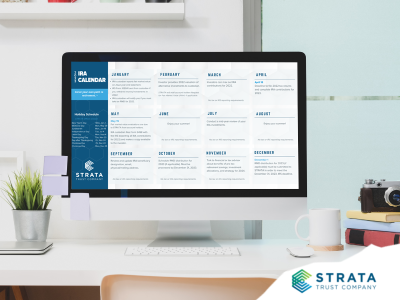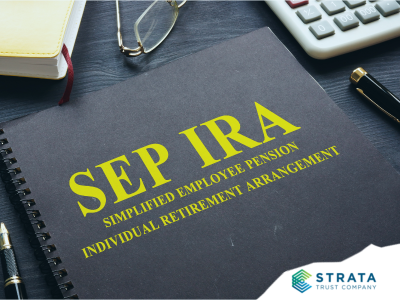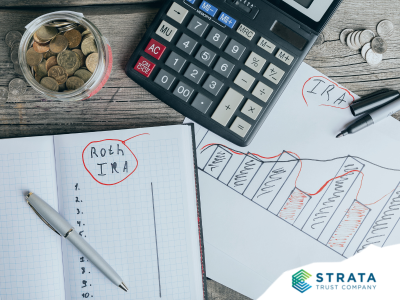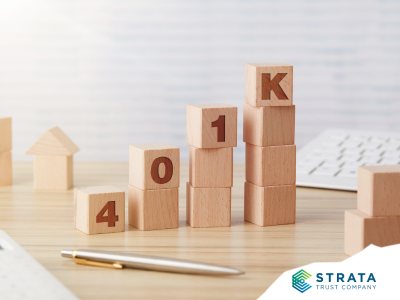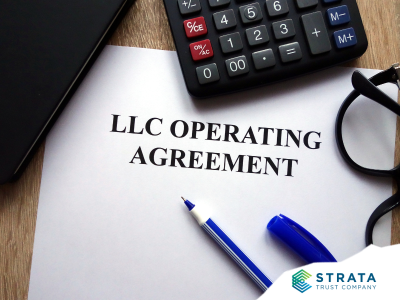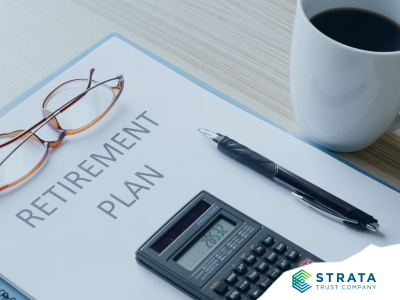It’s never too early to begin thinking about how to reduce your income tax liability in retirement – especially because some strategies require action in the years leading up to your retirement. If one of your retirement income goals is to keep your hard-earned savings from being eaten up by taxes, you may want to engage a financial planner now to help assess your current income and assets and design a long-term strategy for minimizing your tax liability in retirement. Here are several considerations to discuss with your financial professional.
Taxable Income in Retirement
Most workers near or in retirement have concentrated their retirement savings in pre-tax accounts, like 401(k) plans and Traditional IRAs. Saving on a pre-tax basis helps lower your income tax liability during your saving years, but there is a big tax price to pay when you withdraw from those accounts. Those withdrawals will be taxed as regular income, just as if you were working. Once you turn 73, you are required to distribute funds from these pre-tax accounts each year. If you only have taxable income sources in retirement, your tax rate in retirement may be just as high or higher than when you were working full-time.
Taxable Income Affects More Than Just Your Tax Bracket
Future tax rates are not your only concern. Higher levels of taxable income can increase other taxes and expenses in retirement.
- Social Security Benefits: Not only will your Social Security benefits continue to increase each year through cost-of-living adjustments, but you’ll also likely have to pay tax on your benefits. A single filer with income between $25,000–$34,000 will pay tax on up to 50% of their benefits. A married couple will pay tax on up to 50% of their benefits if their income is between $32,000–$44,000. Taxpayers whose income exceeds these thresholds will pay tax on up to 85% of their Social Security benefits. (“Income” for this purpose equals your adjusted gross income plus nontaxable interest plus ½ of your Social Security benefits.)
- Medicare Premiums: If you filed for Medicare benefits today, and your taxable income two years prior was less than $97,000 as a single filer or less than $194,000 as a joint filer, your monthly Medicare Part B premium would be $164.90. If your income (as of two years prior) exceeded these levels, your monthly Medicare premium would increase to between $230.90 and $560.50 per month.
- Capital Gains and Dividends: Increased taxable income can increase the tax rates for your investment dividends and capital gains in taxable accounts, too. For example, in 2023, the long-term capital gains tax rate jumps from zero to 15% if your total taxable income is more than $44,625 for a single taxpayer and $89,250 for married taxpayers filing a joint tax return.
- Net Investment Income Tax: If your annual Modified Adjusted Gross Income (MAGI) exceeds $200,000 as a single taxpayer or $250,000 as a married taxpayer filing a joint tax return, you will be subject to an additional 3.8% tax on the lesser of your net investment income or the amount of annual income that exceeds these thresholds. This tax applies to investment earnings accrued in taxable brokerage and other accounts, including interest (e.g., bonds, mutual funds, CDs), dividends, capital gains, rental income, and passive business income.
What You Can Do Now
One of the easiest ways to reduce your taxable income in retirement is to create a source of tax-free income you can turn on and off as needed in retirement. You can do this by saving in a Roth IRA. Your contributions into a Roth IRA are taxed as income in the year of contribution, but you can remove those contributions at any time tax free. And you can withdraw the investment earnings tax-free once you’ve held a Roth IRA for at least five years and are disabled or older than 59½. After your death, your beneficiaries will also benefit from tax-free withdrawals.
You may also want to consider building a tax-free source of retirement income by converting your existing pre-tax retirement savings to a Roth IRA. You can convert Traditional IRA and SEP IRA plan assets at any time and convert SIMPLE IRA assets any time after two years have passed since the first SIMPLE IRA contribution. You can convert assets from employer plans like 401(k) and 403(b) plans when you are eligible to take a distribution from the plan. You will have to include the conversion amounts (including any tax withholding) in your taxable income for the year, but future withdrawals of those assets (and investment growth in the Roth IRA) will be tax-free. And you are not required to take distributions from Roth IRAs when you reach age 73.
Because the additional taxable income from a conversion can increase your tax liability, you may want to explore strategies to reduce the tax impact. You could convert smaller amounts in multiple years to spread out the taxation or convert in years when your income (and tax rate) is lower, such as when you are younger or just after you retire. Or convert just enough each year to “fill up” your current income tax bracket so the conversion doesn’t bump you into a higher tax bracket. Another conversion strategy to help minimize the tax impact and maximize the tax-free growth in the Roth IRA is to convert investments in-kind when the value is low.
More Information
Determining when and how much to convert is challenging, since we can’t predict future tax law changes and investment performance. A financial planner will be able to help you design a strategy that will give you the flexibility to control your tax liability in retirement by tapping into both taxable and nontaxable income sources. An IRA is one of several retirement savings vehicles that provide tax incentives like tax-deferred or even tax-free growth. Learn more about Traditional, Roth, SEP, and SIMPLE IRA features by visiting our Types of SDIRAs page.
